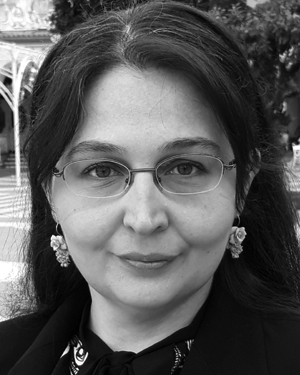Author details

Autilia Vitiello
Affiliation
Department of Physics “Ettore Pancini”
University of Naples Federico II
Napoli, Italy
Biography
Autilia Vitiello (Member, IEEE) received the M.S. degree (cum laude) in computer science from the University of Salerno, in July 2009, defending a thesis in Time Sensitive Fuzzy Agents: formal model and implementation, and the Ph.D. degree in computer science from the University of Salerno, in April 2013, defending a thesis titled Memetic Algorithms for Ontology Alignment.,Since 2018, she has been an Assistant Professor with the Department of Physics “Ettore Pancini”, University of Naples Federico II. She is currently the Vice-Chair of the IEEE CIS Standards Committee and the Chair of the Task Force named Datasets for Computational Intelligence Applications. She is part of the IEEE Standard Association 1855 Working Group for Fuzzy Markup La... Author's Published Works

